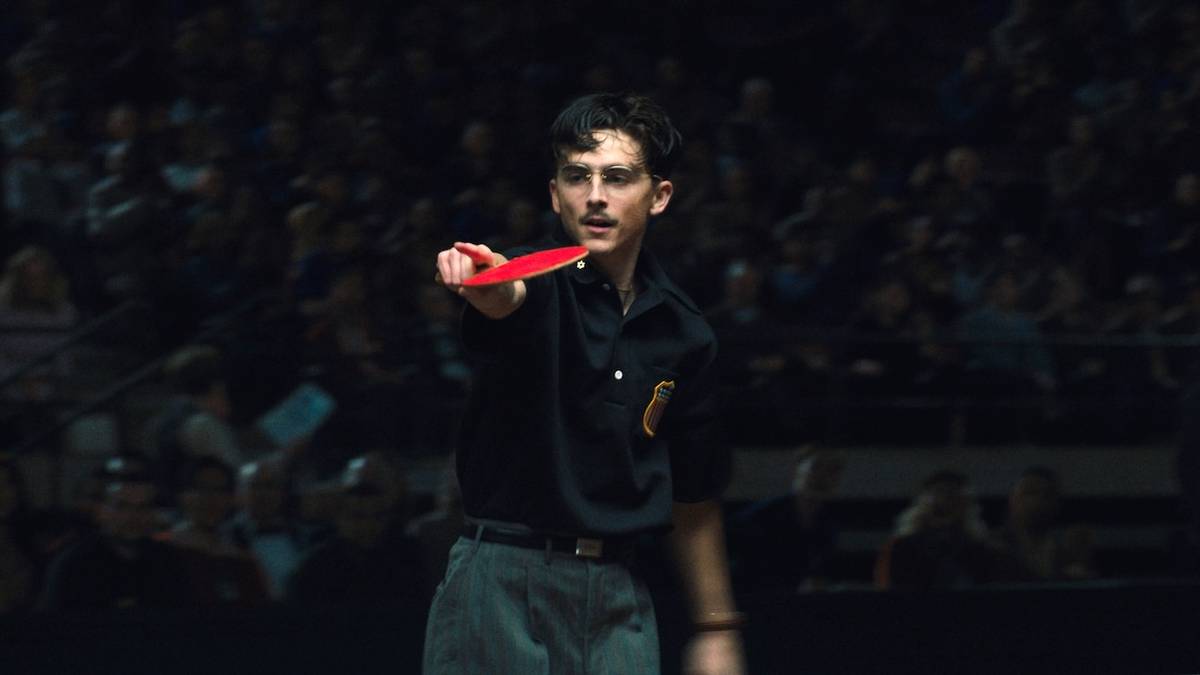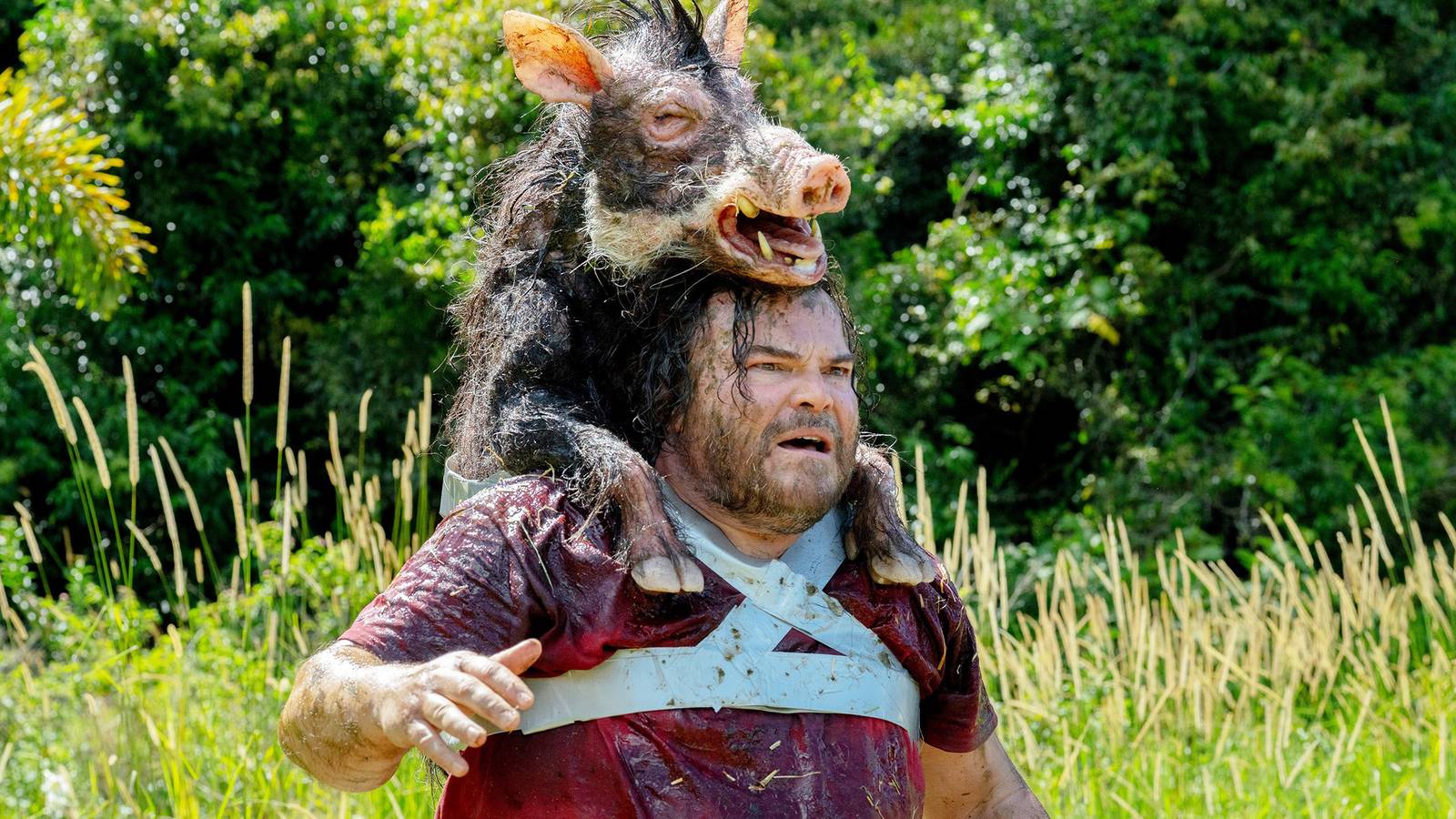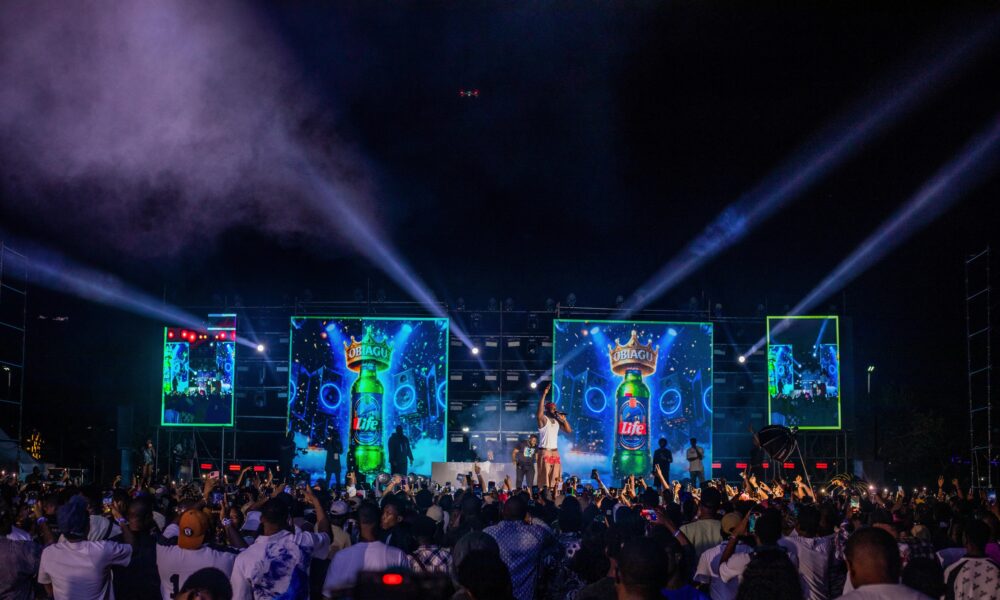Japanese Cinema Mourns the Loss of Tatsuya Nakadai, Star of 'Ran' and 'Harakiri', Dead at 92

Tatsuya Nakadai, the legendary Japanese stage and screen actor revered for his expansive career and collaborations with cinematic masters Masaki Kobayashi and Akira Kurosawa, has passed away at the age of 92. His death was reported by The Japan News on Tuesday. With over 100 screen credits across seven decades, Nakadai stood as a towering figure in postwar Japanese cinema, working alongside visionaries such as Hiroshi Teshigahara, Mikio Naruse, and Kon Ichikawa.
A self-described theater actor first, Nakadai notably refused to sign an exclusive contract with any studio, a rare choice that allowed him the artistic freedom to collaborate widely. His enduring partnership with Kobayashi began humbly, with an uncredited role in the 1953 drama The Thick-Walled Room, and later evolved into landmark works like Samurai Rebellion, Kwaidan, and The Human Condition trilogy. In the latter, Nakadai portrayed a pacifist caught in Japan’s descent into wartime totalitarianism — a role that remains one of his most powerful performances.
To international audiences, Nakadai is best remembered for his commanding lead in Kurosawa’s 1985 masterpiece Ran, a Sengoku-era war epic inspired by Shakespeare’s King Lear. In the film, Nakadai delivered a haunting portrayal of an aging, world-weary warlord, his face masked in ghostly makeup. This unforgettable performance contributed to Kurosawa’s only Academy Award nomination for Best Director. Nakadai also appeared in Kurosawa’s Kagemusha and the gripping 1963 thriller High and Low, where he starred as the calculating chief detective in pursuit of a kidnapper.
A defining figure of the chanbara (samurai cinema) genre, Nakadai headlined some of Japan’s most iconic sword dramas — from Kobayashi’s existential Harakiri to Kihachi Okamoto’s satirical Kill!. He famously faced off against Toshiro Mifune in Yojimbo and Sanjuro, embodying cunning antagonists whose duels became cinematic legend. His final scene in Sanjuro — a flash of blood and honor — remains etched in film history.
Even in his later years, Nakadai continued to captivate both screen and stage audiences. He lent his distinctive voice to Studio Ghibli’s The Tale of the Princess Kaguya (2013) and appeared in Zatoichi: The Last (2010). Yet his true devotion remained the theater, where he led acclaimed productions of Death of a Salesman, Barrymore, and Don Quixote. His Shakespearean portrayals, Hamlet, Macbeth, Othello, and Richard III showcased his immense dramatic range and enduring command of the stage.
Born Motohisa Nakadai on December 13, 1932, in Tokyo, he was the second of four siblings and was raised in Chiba. Following his father’s death, Nakadai’s family relocated to Aoyama, where his early interest in performance led him to the Haiyuza Training School. His career earned him two prestigious Blue Ribbon Awards in 1962 for Harakiri, and in 1980 for Kagemusha and The Battle of Port Arthur. In 2015, he received Japan’s Order of Culture, the nation’s highest distinction for contributions to the arts. Nakadai was predeceased by his wife, playwright Kyoko Miyazaki, and is survived by their daughter, Nao Nakadai.
Recommended Articles
There are no posts under this category.You may also like...
Shocking Truth: Redick Blasts Lakers for Apparent Lack of Effort and Passion

The Los Angeles Lakers suffered a significant Christmas Day loss to the Houston Rockets, marking their third consecutive...
Lakers Star Austin Reaves Suffers Calf Injury During Christmas Day Debacle

Lakers guard Austin Reaves was ruled out at halftime of the Christmas Day game against the Houston Rockets due to a sore...
Gwyneth Paltrow's 'Marty Supreme' Shocks Viewers: Performance Praised, Ending Explained!

Josh Safdie's "Marty Supreme" delves into the tumultuous journey of ping-pong prodigy Marty Mauser (Timothée Chalamet) a...
Olivia Dean Dominates ARIA Charts, Crowned 2025's Chart Queen

Olivia Dean concludes the year by dominating the ARIA Singles and Albums Charts, with "Man I Need" and "The Art Of Lovin...
Shocking 'Anaconda' Spoiler Revealed: Director Dives Deep into Filming Secrets

Director Tom Gormican's "Anaconda" reboot brings a new comedic twist while honoring the 1997 original, featuring Jack Bl...
Duffer Brothers Unravel 'Stranger Things' Episode 7's Emotional Core

The Duffer Brothers delve into the intense final chapters of Stranger Things 5, discussing the emotional weight of Will ...
Odumodu Blvck, Jeriq The Hussla, and Duncan Mighty Electrify Fans with Life Beer!

The Life Xmas Concert brought an electrifying celebration of Igbo pride and culture to Port Harcourt, featuring dynamic ...
Chinonso & Cross Tie the Knot in a Breathtaking Cultural Extravaganza!

Former BBNaija star Chinonso and Cross celebrated their deep love with a vibrant Igbo traditional wedding, showcasing th...